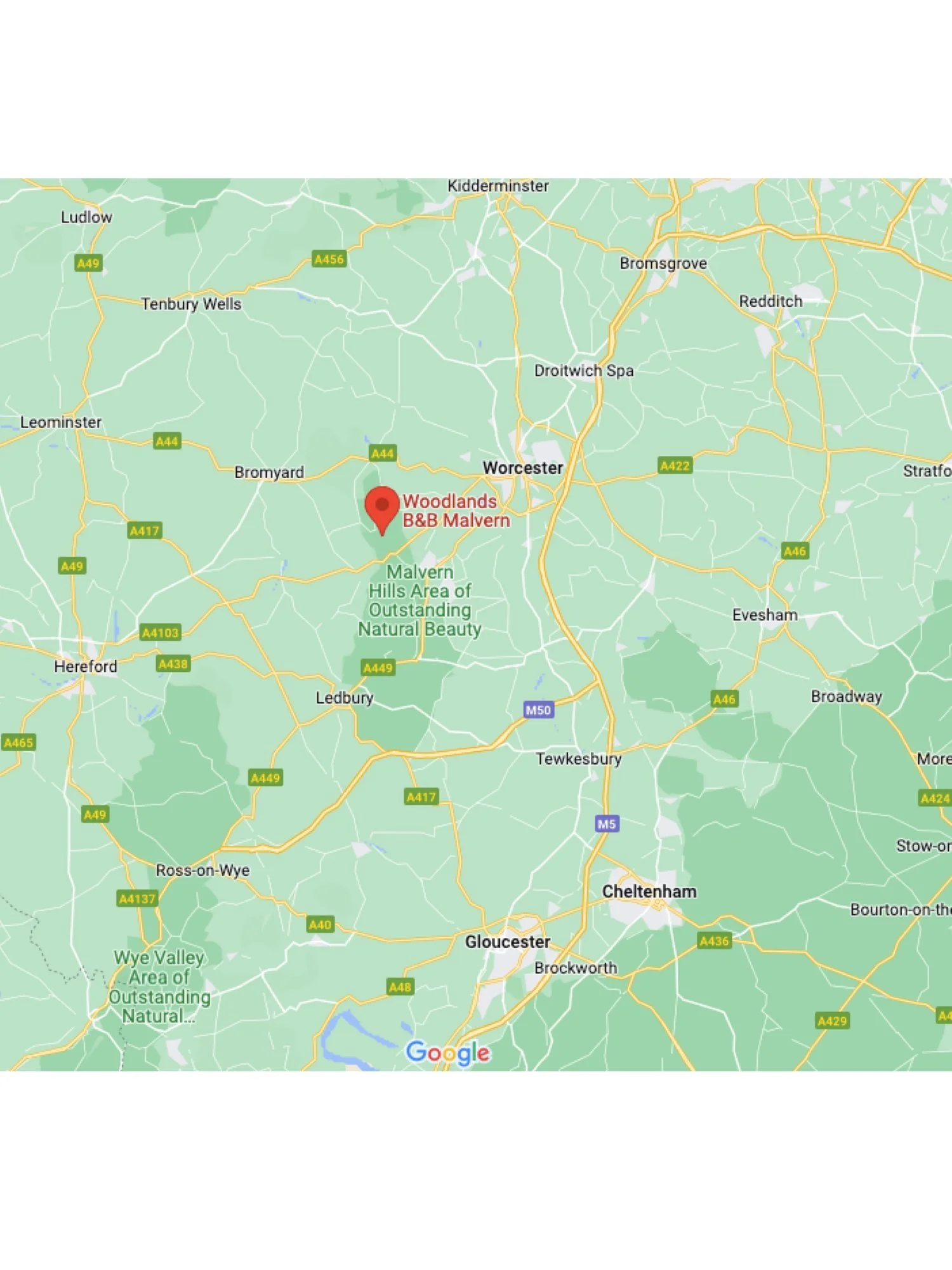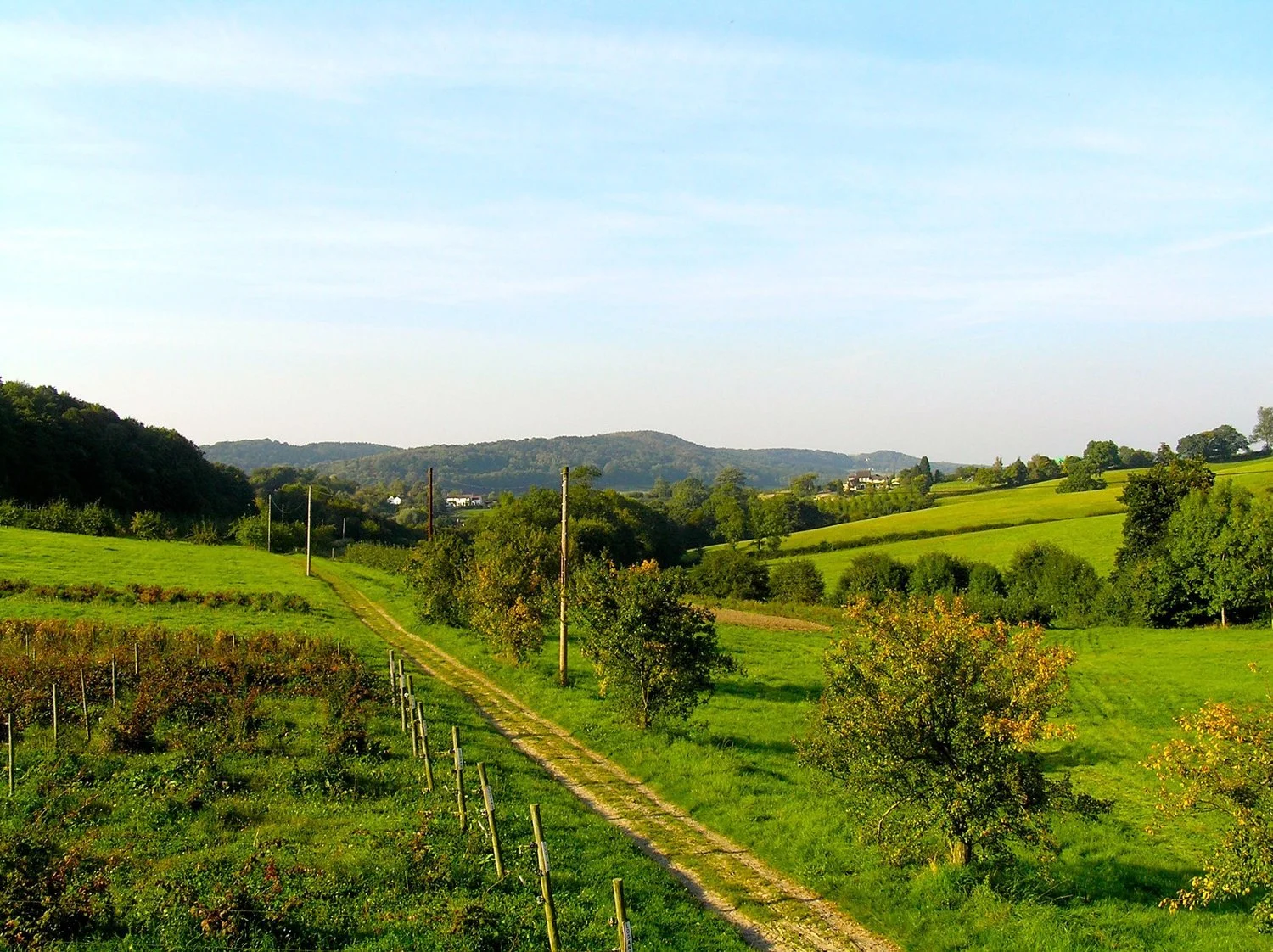How to buy land and start your Passive House Build
Choosing the plot for your self-build home is the most important step in the whole process. No matter how wonderful the house, if the plot is in the wrong area or the views aren’t right, or there’s some other problem then, unlike fairy tale endings, you probably won’t live happily ever after.
And whilst a self-build project needs a budget, the chicken-and-egg problem is you’re unlikely to know how much your ideal plot will cost (don’t forget legal and other fees), and you can’t fully design your house, and thus know its likely cost, until you have your plot.
To deal with this you will need a rough idea of the house build price (but expect this to be higher than your initial plan) and, from our experience, expect the plot to come to more than anticipated as well. So, you’ll need to be flexible! In our experience, such an approach was definitely worth it: we’re delighted with our house and its location and it was affordable (albeit only just). Achieving this took a lot of planning.
And as cash gets ever tighter, it’s best to do as much as you can yourself; and vital to have realistic ideas about location, building design and costs, including professional fees. That said, we’d still suggest that you go for the best that you can afford for all aspects of the project: you want to be happy in your home so make sure you are fully content with each aspect before making commitments.
How we found our plot of land
We had a rough (but, as it turned out, a somewhat naïve) initial idea of what a plot might cost and how much we’d spend on the building. During both the plot search and the building planning process we undertook frequent reviews of what the costs were likely to be and how much money we had available, including having a contingency fund, and this helped our targeting of potential building plots.
We knew the approximate area we wanted to live in, sold our house and moved in to rented accommodation which was big enough to store our furniture and boxed items – storage costs were very high and we didn’t know how long our whole project would take (it was quite a bit longer than we’d expected). The other advantage we had was that one of us, who knew the area, made plot finding a full time job. In the event, it took 12 months to find our ideal plot.
TIP 1 - Move before you build?
You may not be able to move before you build, but we’d suggest you decide on the area you really like and then commit as much time as possible to plot-finding there, preferably on the ground rather than just via the Internet. Driving, and walking, around an area not only helps you to confirm where you’d like to live but also provides opportunities to discover potential building plots and possible buy-to-demolish sites that are not yet advertised.
TIP 2 - The reality vs the dream
Based on our experience:
plot-finding success requires dogged persistence rather than luck; and
our thinking about what we wanted developed as we looked at different potential building plots: be willing for your plans to evolve.
Some things to look out for with Land Plots
Check the local council’s neighbourhood development plan and look at local planning application outcomes. These will both help you to understand what is likely to get planning permission, and where and what definitely won’t. You might also find a failed planning application where you can make an offer for the plot and then submit a different planning application that’s more likely to be successful.
A key point: few people have money to burn so there’s little point in going for a plot that’s unlikely to get planning permission. Alternatively, you can make an offer subject to a successful outline planning permission application (although someone else might buy the plot whilst you wait for this, and outline planning permission doesn’t guarantee success with a full planning application but can be very helpful).
We also checked the flood risk of each potential building plot before visiting. And there are websites that can tell you if an area is affected by former coal mines or land contamination. There’s little point in buying somewhere that has big problems, especially if solving them will be very expensive.
It’s getting increasingly difficult to find greenfield sites that are likely to get planning permission, although councils can be sympathetic to applications for in-fill sites.
An alternative is thus looking for a buy-to-demolish house, especially as older, dilapidated houses may have bigger gardens. But if the owners are still living in the house they may not take kindly to the idea of selling to someone who wants to knock it down rather than cherish it so you may need to keep such ideas to yourselves.
Also, councils are required to have brownfield land registers which may be worth perusing; former commercial properties may also provide a suitable site, but check for issues such as land contamination.
TIP 3 - Planning Permission
Before you buy a plot, be realistically confident that you’ll be able to get planning permission for what you hope to build, and check carefully for unwanted hazards, like flooding, or plans for a big road development or housing estate nearby.
TIP 4 - Plot Orientation
Consider the plot’s orientation. Do you want a south-facing garden? If you’re thinking of building to Passivhaus or near-Passivhaus standard can you position the house on the plot to optimise solar gain? Are the views such that an upside-down house would be suitable to best exploit these from the living areas, and which rooms might you want to be where to take full advantage of the views and where the sun rises and sets?
TIP 5 - Plot views
You necessarily don’t buy your views forever. Check the outlook from all aspects of a potential plot and consider what might happen in future and how you could mitigate the effects of new building development on a currently beautiful view.
TIP 6 - Auctions
We went to some of these, more for general interest than to buy a specific plot. It was noticeable that most plots sold for very much more than the guide price and that some people were willing to buy without researching the potential for planning permission beforehand. We’re inclined to think that buying a building plot at an auction may be best left to professional property developers, but you may find your ideal plot this way.
TIP 7 - Finding a plot through others
Some companies can help you find a plot with a scope for bespoke homes on it (subject to full planning permission). Such self-build package services are offered, for example, by Oakwrights, and Potton can provide advice on plot finding as well as offer plots for sale with existing planning permission.
Of course, there are also specific plot-finding sites, such as Plotfinder and PlotBrowser, as well property websites such as Rightmove, Zoopla and OnTheMarket. And there are also land-for-sale sites such as Addland and the government’s land site, but be extra careful about the potential to get planning permission for such plots.
Whilst we did find our ideal plot through an estate agent, albeit via a land-for-sale site, we had little success in finding potential plots through most high-street estate agents. But it’s still worth visiting local estate agents and maintaining contact – as we said earlier, it’s persistence that will find your plot rather than luck.
TIP 8 - Have a strategy
Your plot-finding strategy needs to include a wide variety of approaches, and you need to be rigorous - not just having an occasional look at a property website. Not all mechanisms will bear fruit but the more you employ the more likely you are to find a brilliant plot.
TIP 9 - Some other things to consider
Some of the potential plots we saw were on hillsides. These can have stunning views, but can you build your proposed house on them? Even if you got planning permission, could you find a builder who’d be willing and able to work there? Consider what’s possible and what’s affordable.
And, importantly, does the plot have access to water and electricity supplies? Do you want to heat with gas or oil? And maybe you are thinking of going completely off grid, but you do need to fully consider the implications of this. If your plot is rural, as is ours, then you may not have access to a mains sewer, so consider fully the implications of installing a sewage treatment plant and where its outflow can realistically go. (If there is no suitable nearby watercourse to discharge to you may consider a drainage field for a sewage treatment plant, but not all sites will be suitable for one of these.)
TIP 10 - What are the implications?
Check the full implications of getting, at least, water and electricity supplies to your plot, and how you’ll deal with foul water drainage, before you commit to the purchase.
TIP 11 - Make friends!
Having found what was to be our final plot, before even making an offer we visited each of the neighbours to introduce ourselves and discuss our plans. This paid dividends in not only there being no local objections to our full planning application (indeed, some of our neighbours wrote to the council in support) but it also simplified matters when we needed legal easements for access for drainage and an electricity supply through the land of three of them. We’d suggest that starting out with good relationships with the people you’ll be living alongside is well worth the initial effort.
TIP 12 - Final considerations
We employed a planning consultant to help us with planning permission. Her advice was most useful and, in our view, well worth her fees. Not only did she help us to get full planning permission without difficulties, but she also advised us on likely problems with some of the earlier plots we looked at. For example, she told us that getting planning permission for a site with a long-disused pub could be difficult because we’d have to demonstrate that there was no local demand for such services: no easy task, but not impossible.
Also, be prepared for disappointment and be willing to be fatalistic. We put in bids for two plots before finding ‘the one’: the first we had to withdraw from because we couldn’t get outline planning permission for what we wanted, the second we lost because the sellers favoured another buyer. Whilst disappointed we were subsequently very grateful about these seeming setbacks – the next plot we found was vastly better than either of these!
We wish you well in your building plot search. Hang in there, and be flexible, and you should find that ‘ideal place’!
We also run our Passive House as a Bed and Breakfast, so if you wish to come and stay to find out more and experience the Passive House Life… make a booking!


